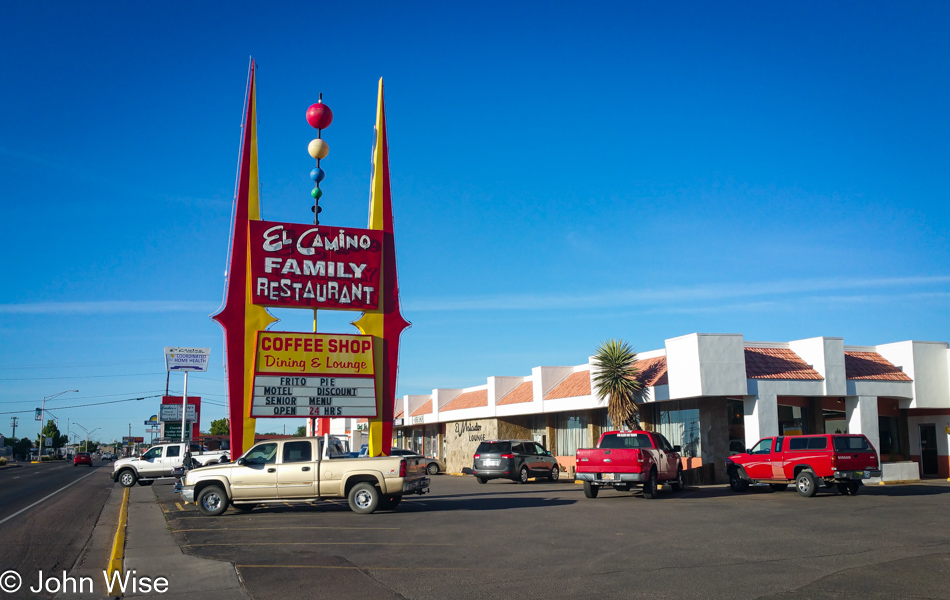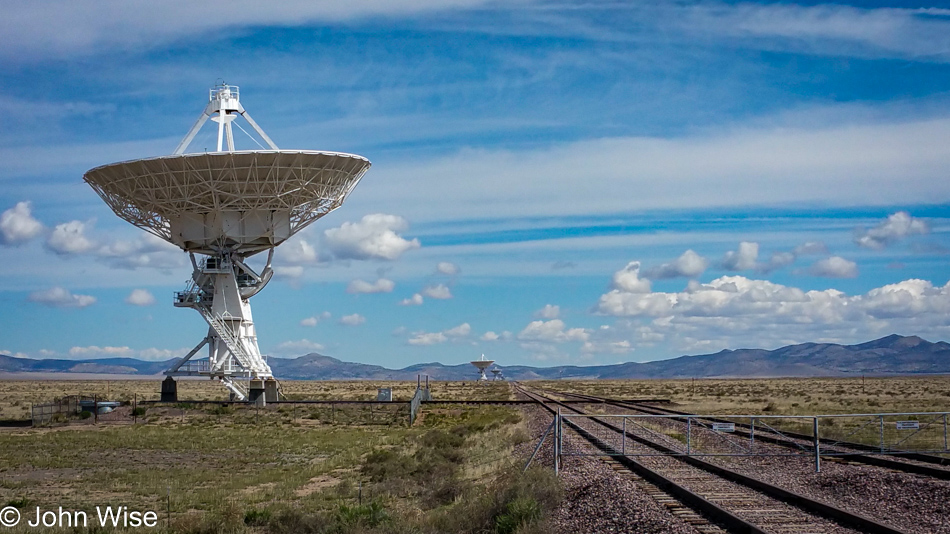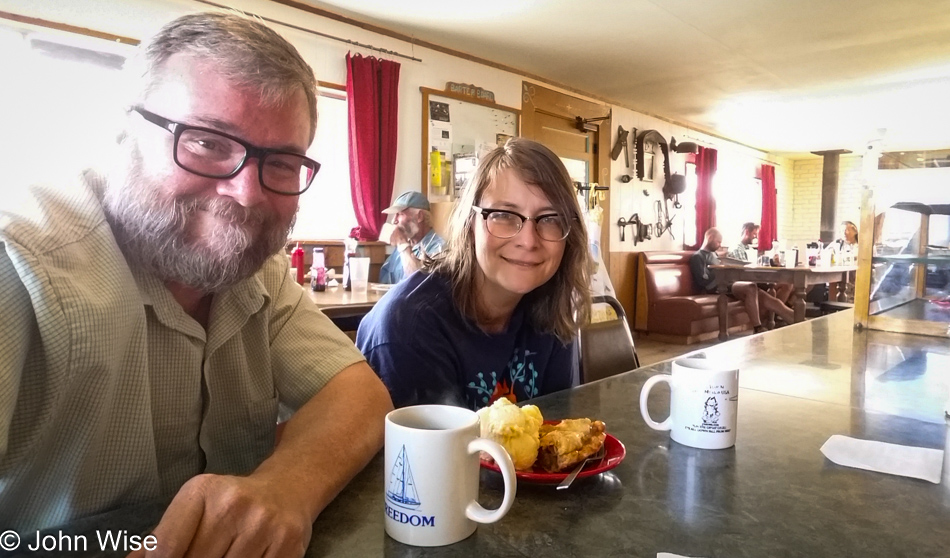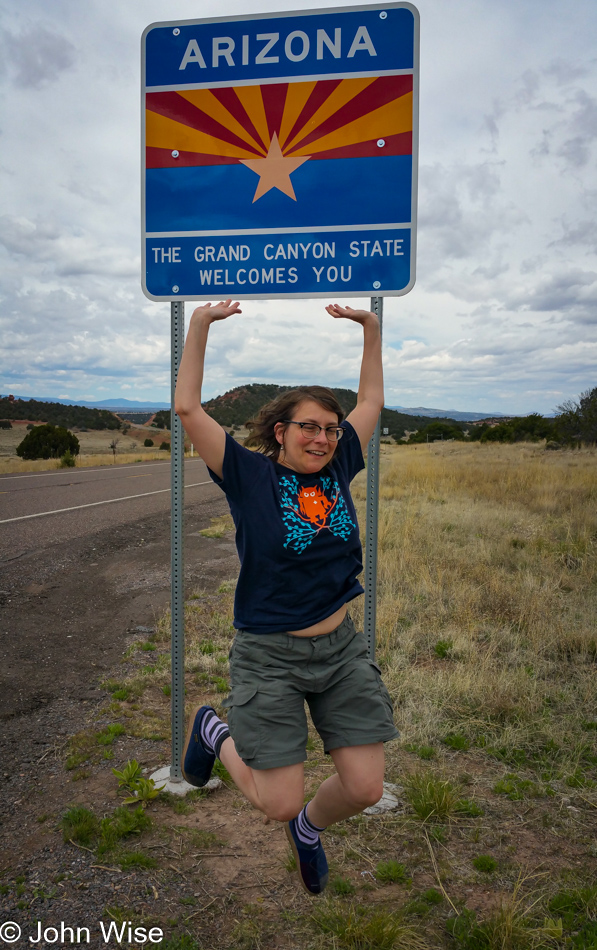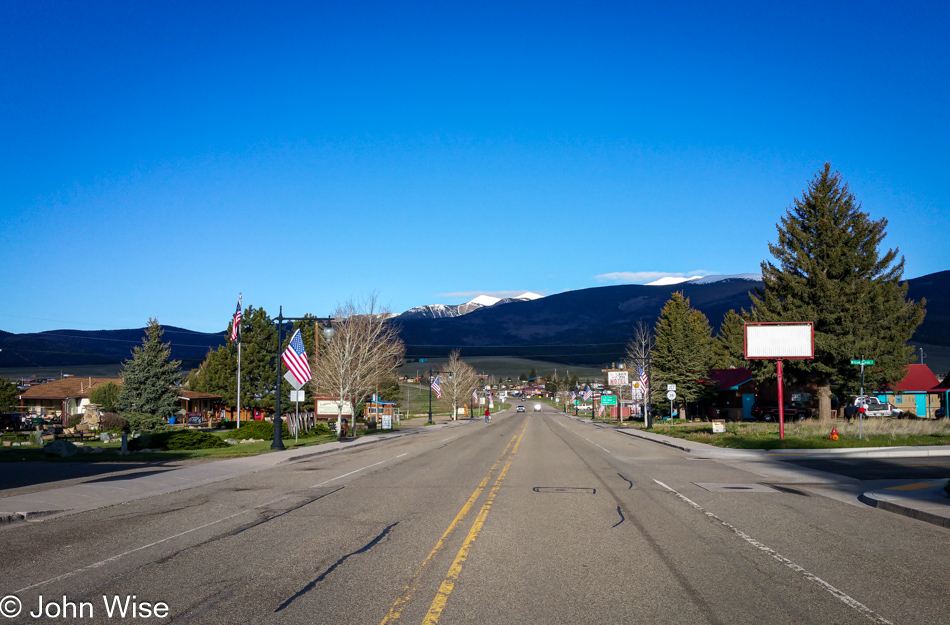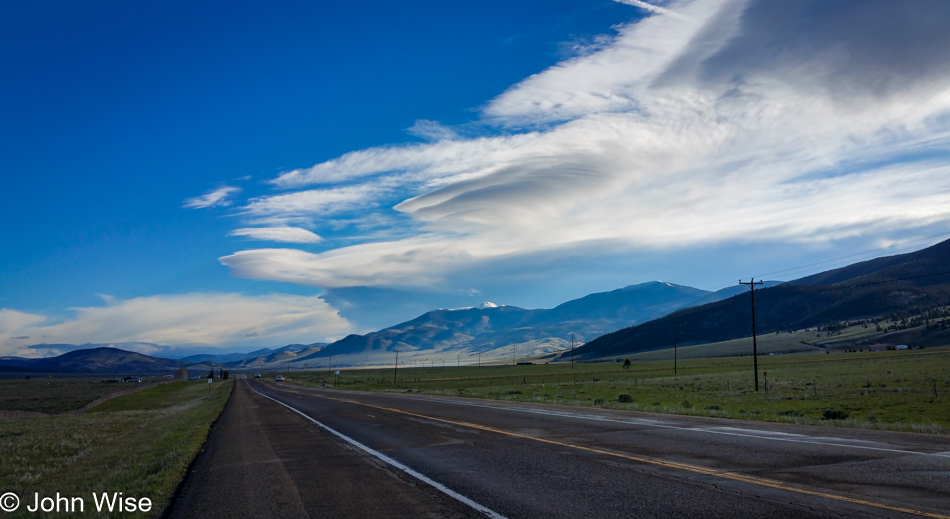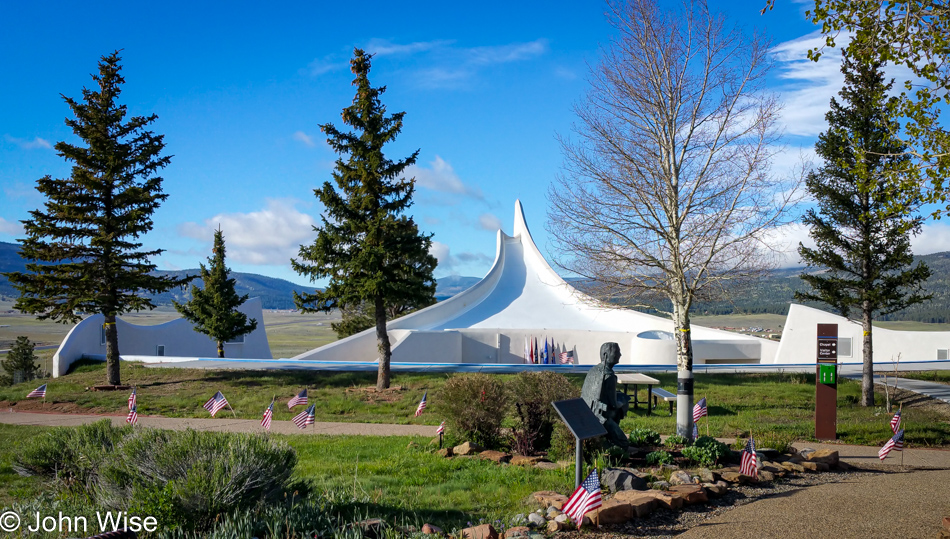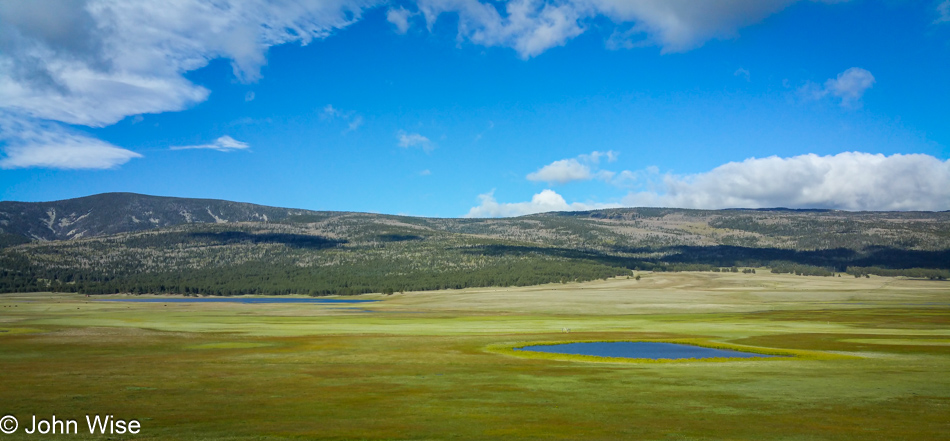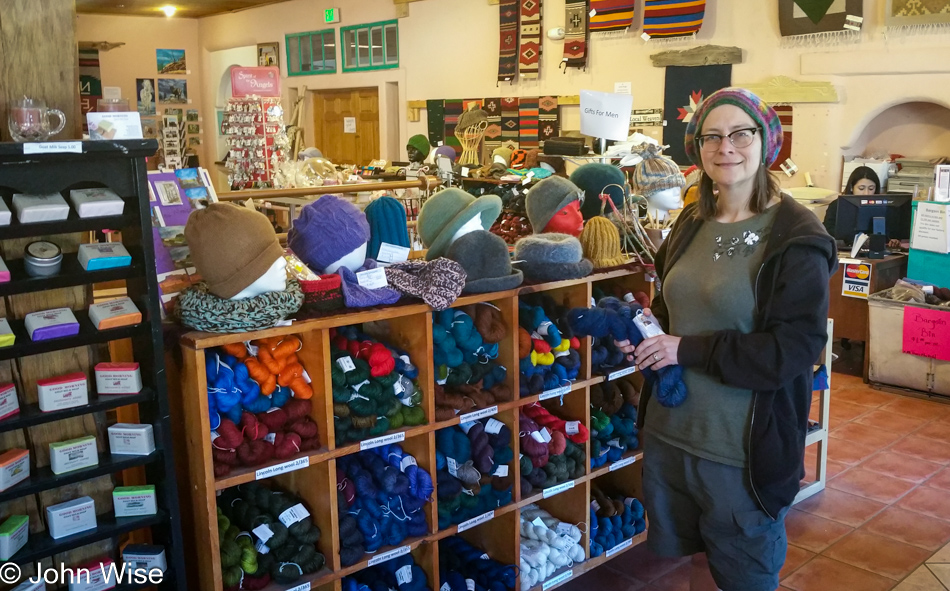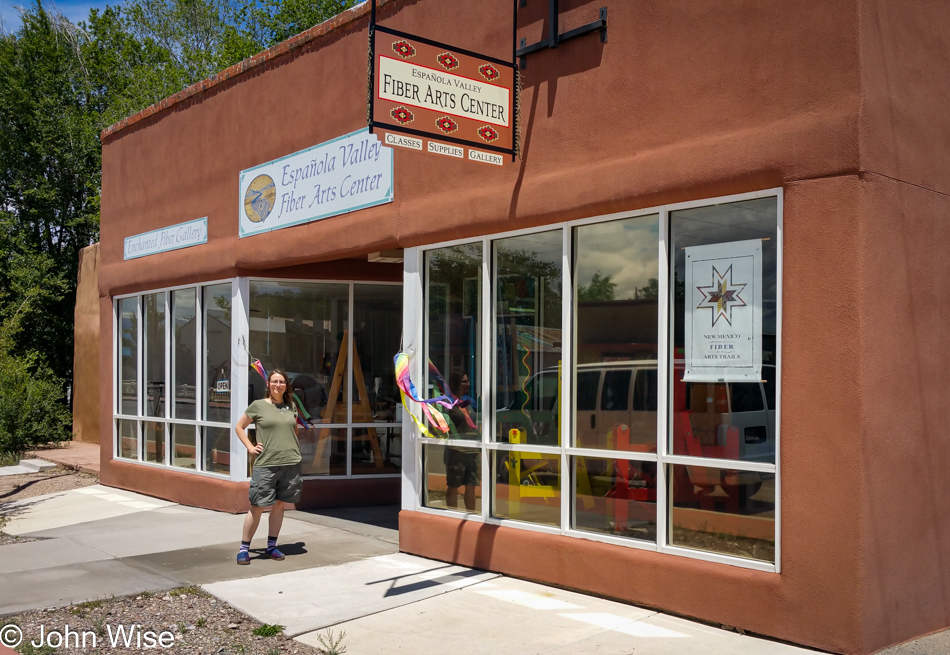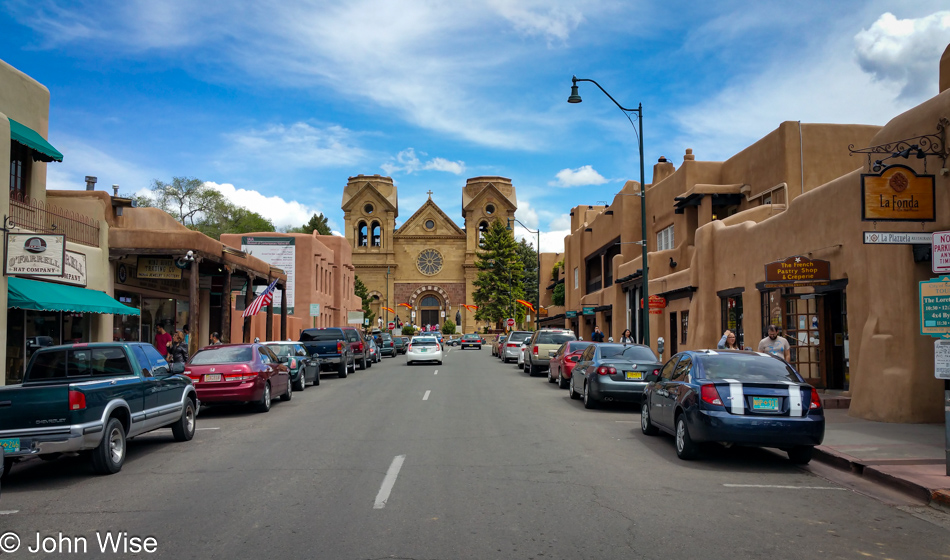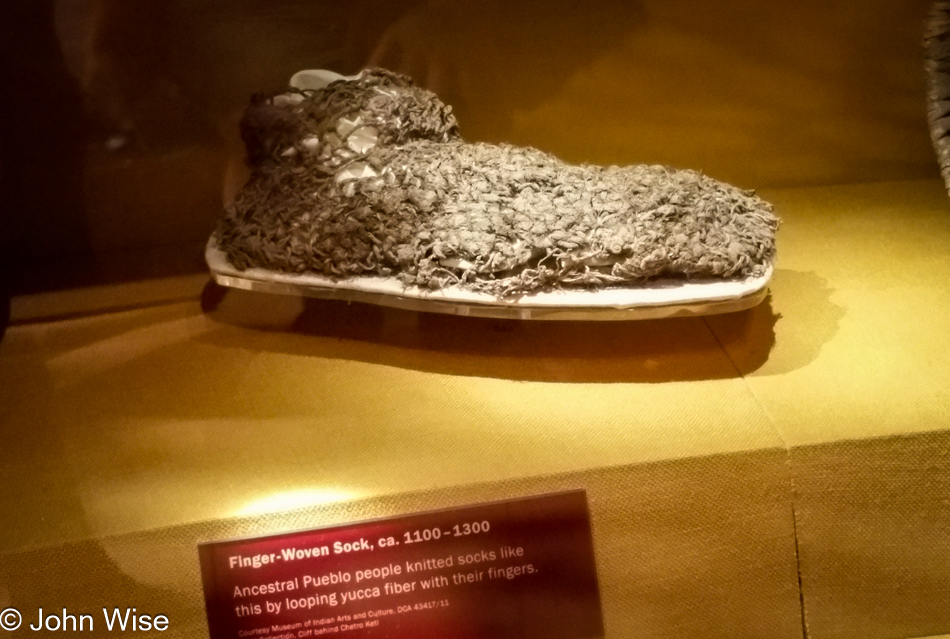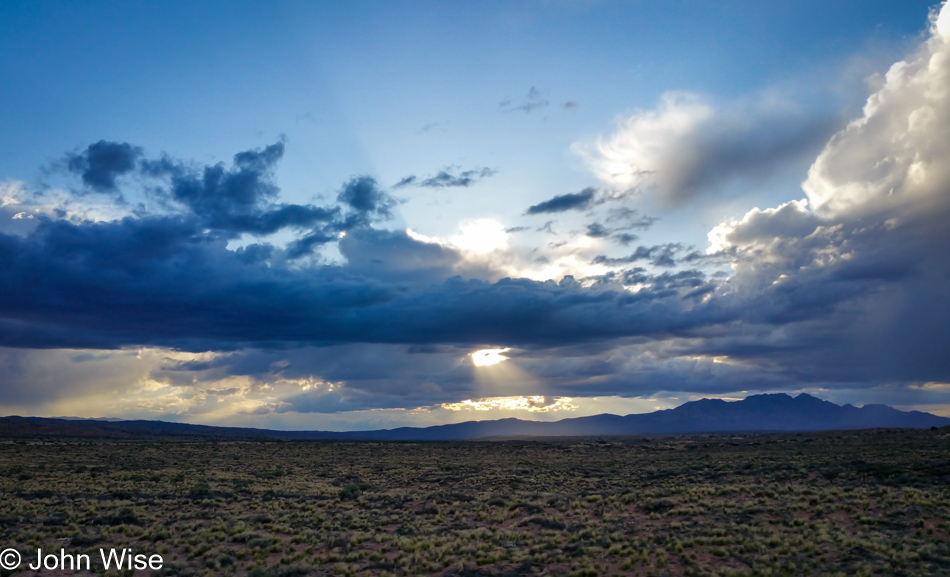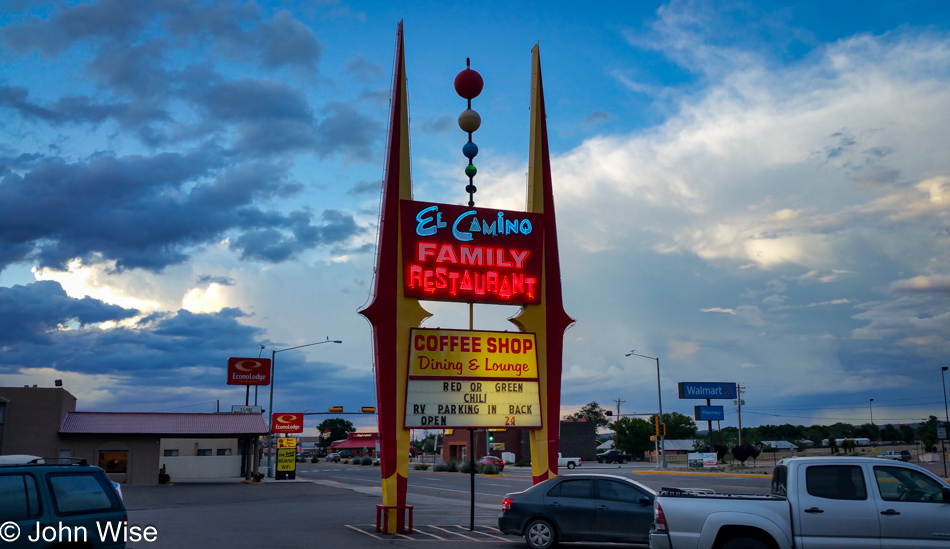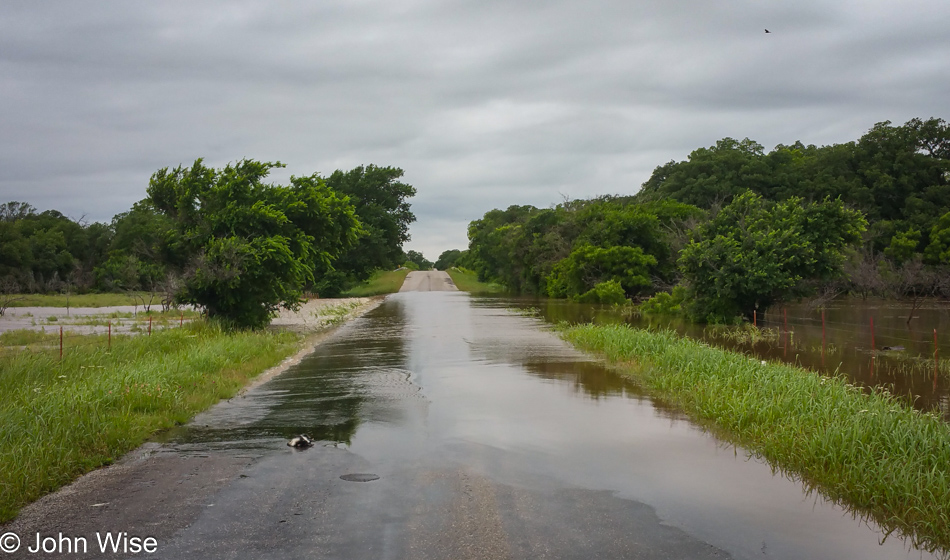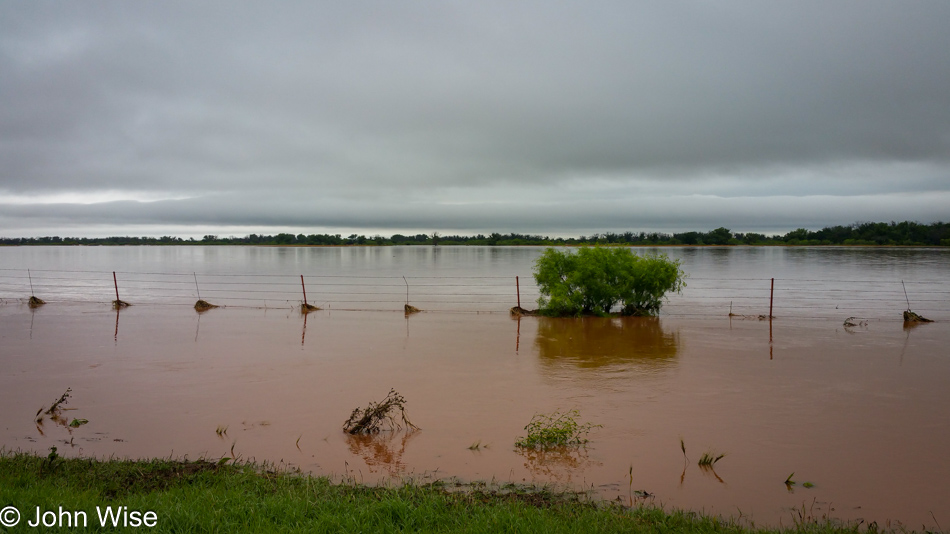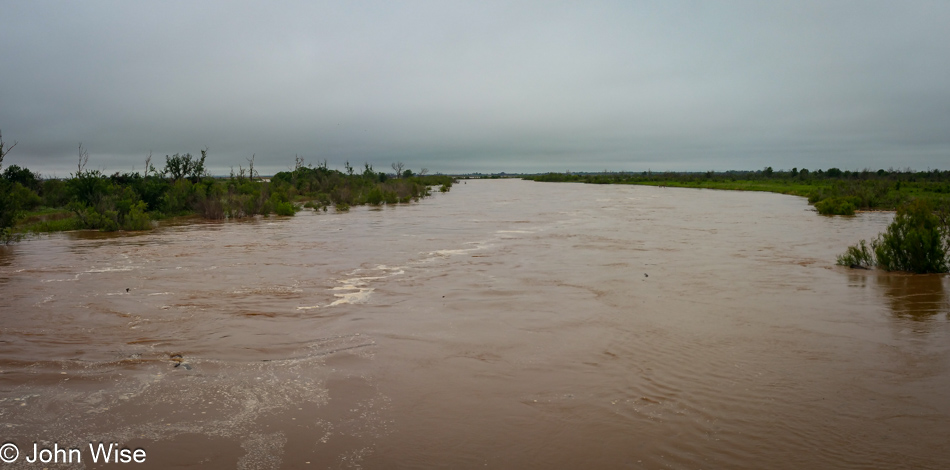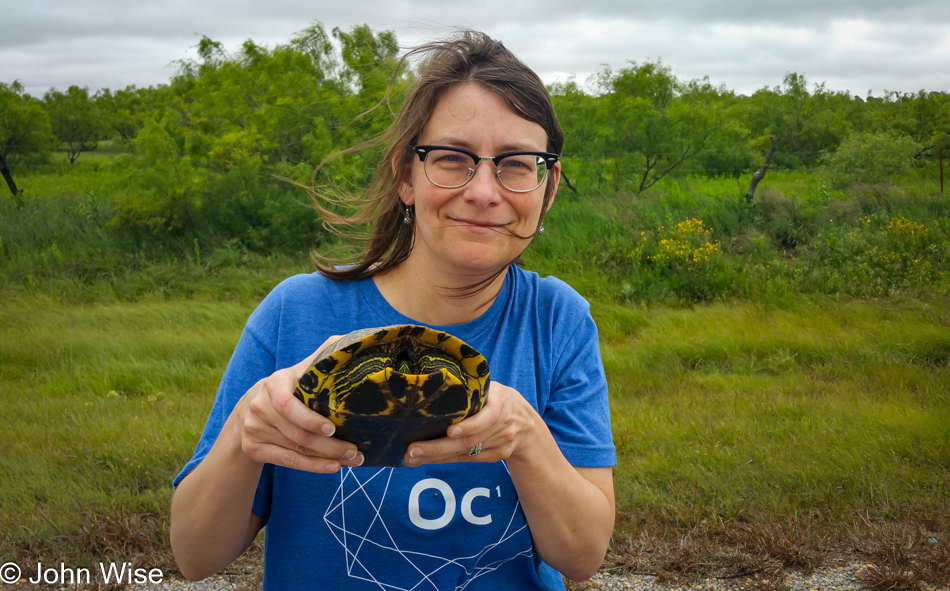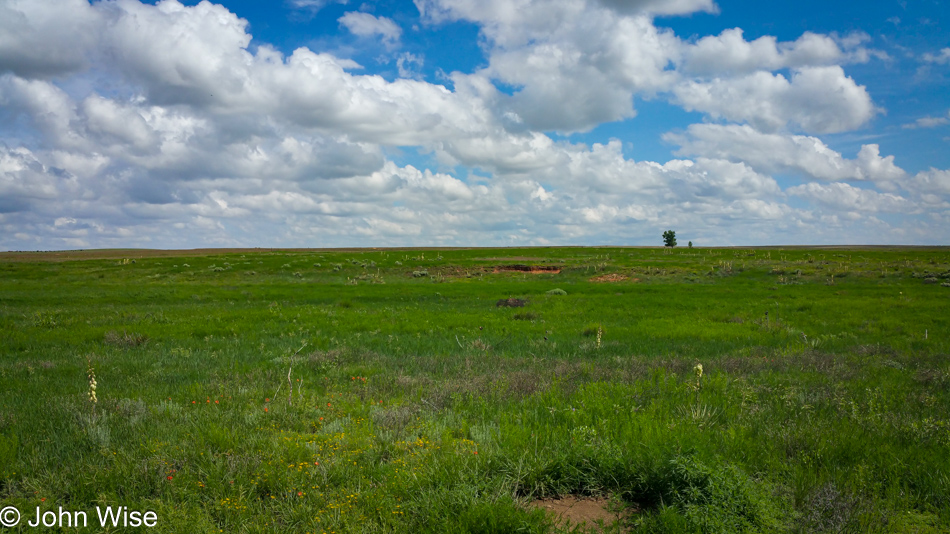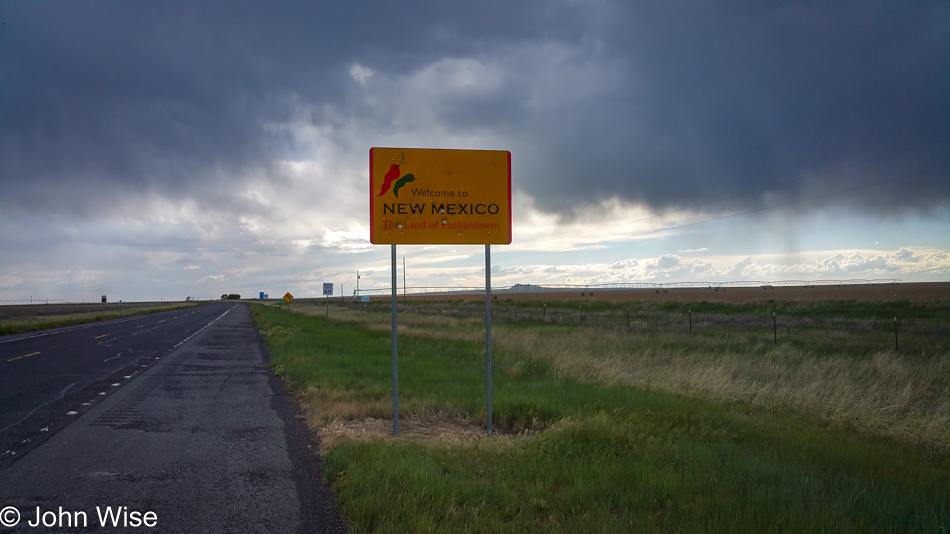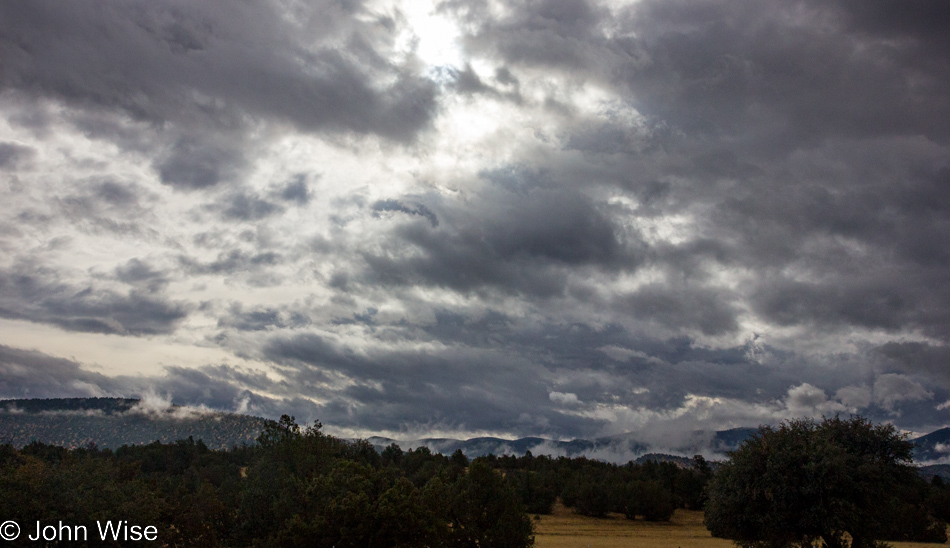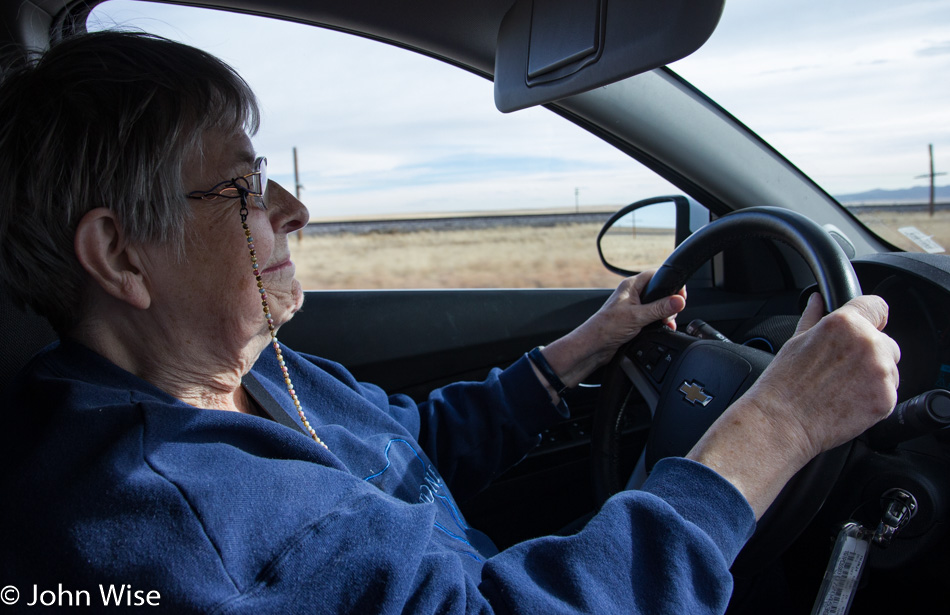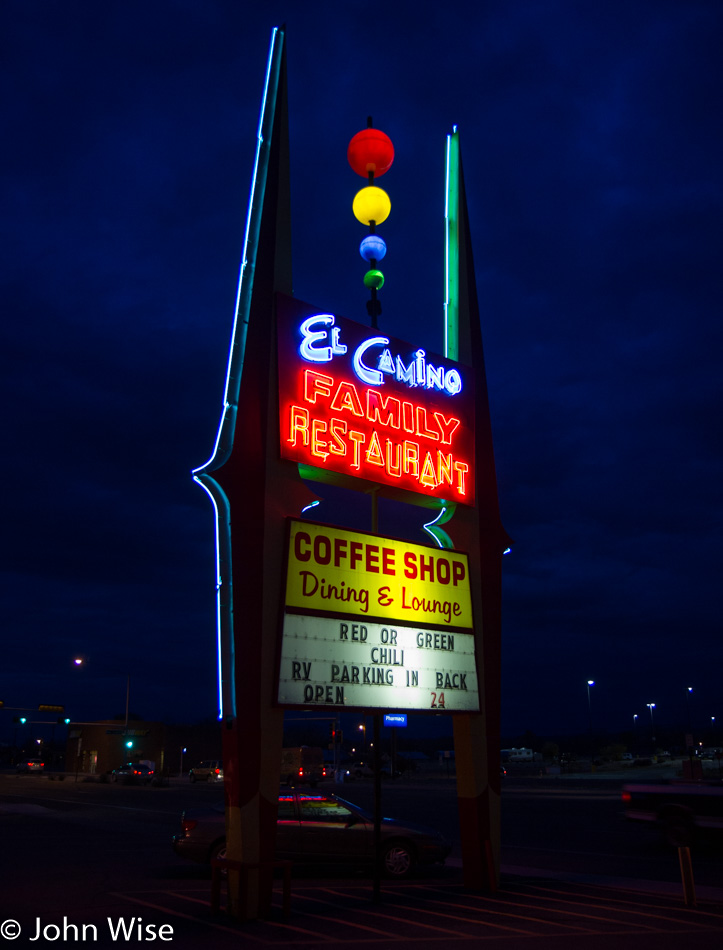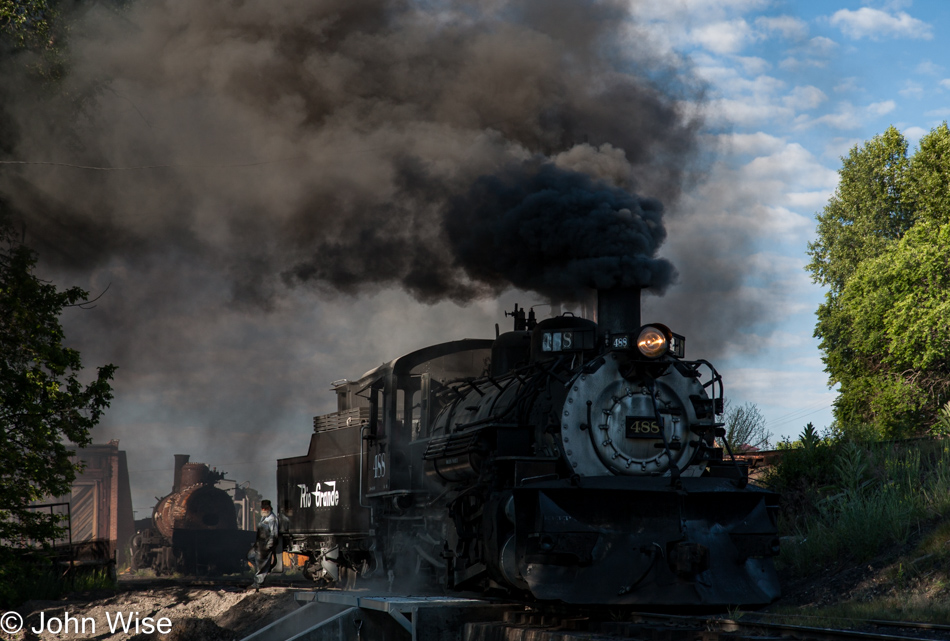
Guilt and delight as the old steam engine belches thick black coal smoke, getting ready to take us into a countryside we’ve never seen. On one hand, to satisfy our sense of the aesthetic, we are shooting this raw, unfiltered black soot into the atmosphere, but then again, this is the easily visualized pollution that pales in comparison to the billions of tons created by human activity. Not that I want to excuse it, but yeah, I guess I want to do just that.
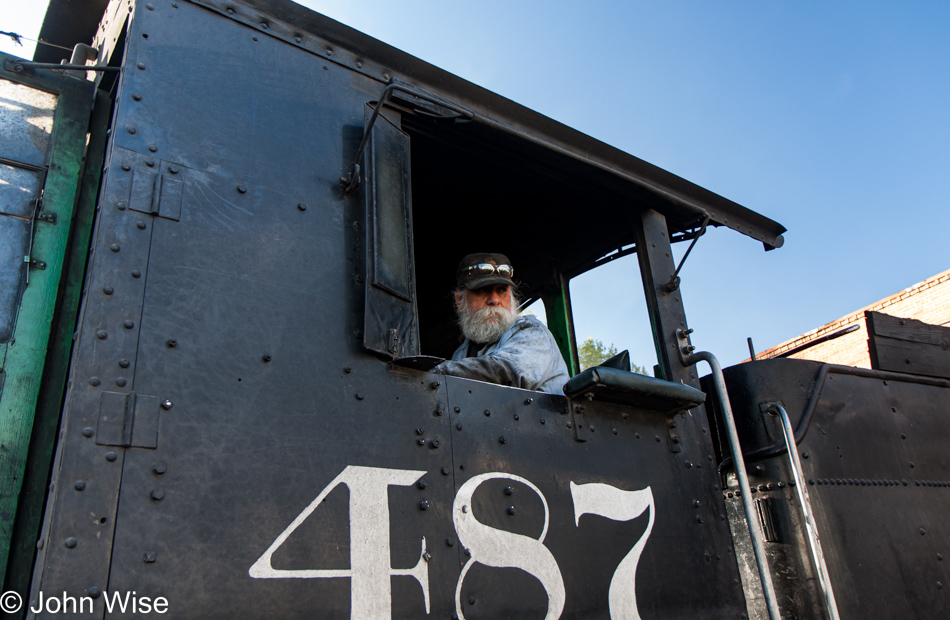
We are hanging out at Chama station as the train yard returns to life, and we wait until we are ready to depart. The initial part of this journey doesn’t begin with a train ride, though. For some, it will, but not for us. We will be boarding a bus this morning for the drive to Antonito, Colorado, where we’ll be catching the train going south.
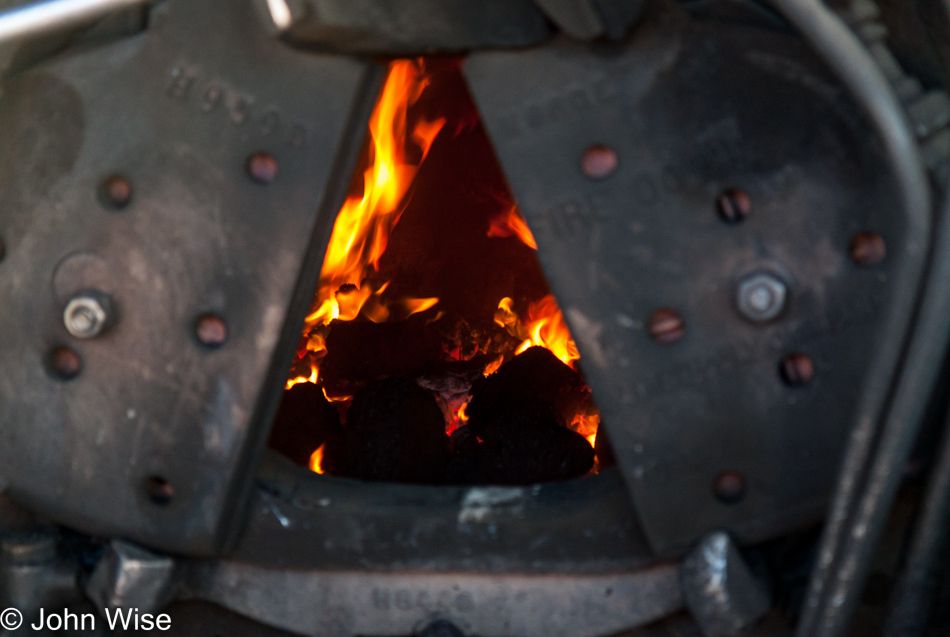
Moving across rugged terrain by steam locomotive is not a quick means to an end. Nor should it be when you consider we are here for the scenic element as much as the historic sense of nostalgia that comes with riding an old-fashioned train that was built back in 1925.
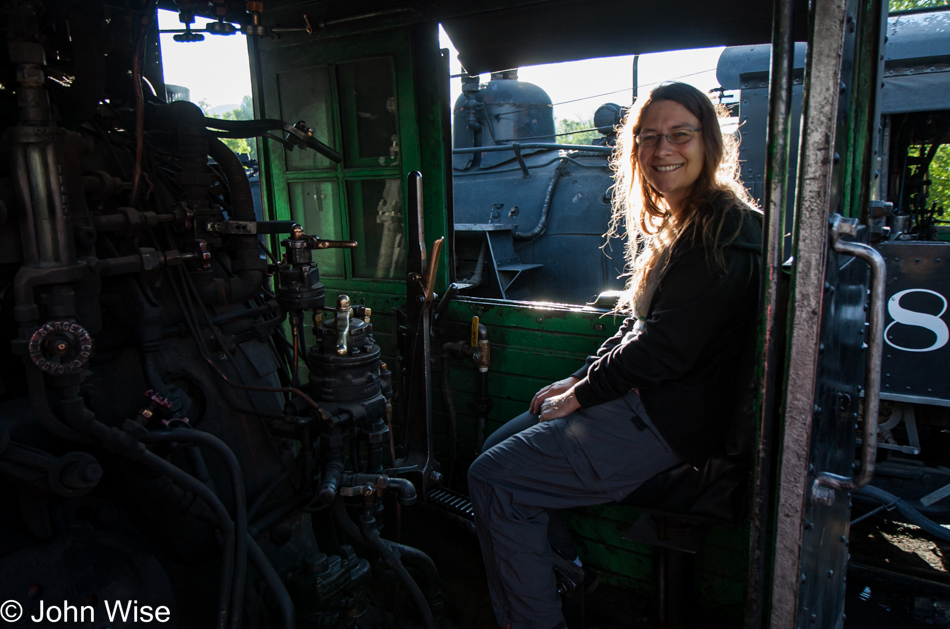
While waiting for our coach to take us north, we were invited to become acquainted with the engines and were not going to be shy about that. Who knew that this might be foreshadowing an event yet to happen in the future?
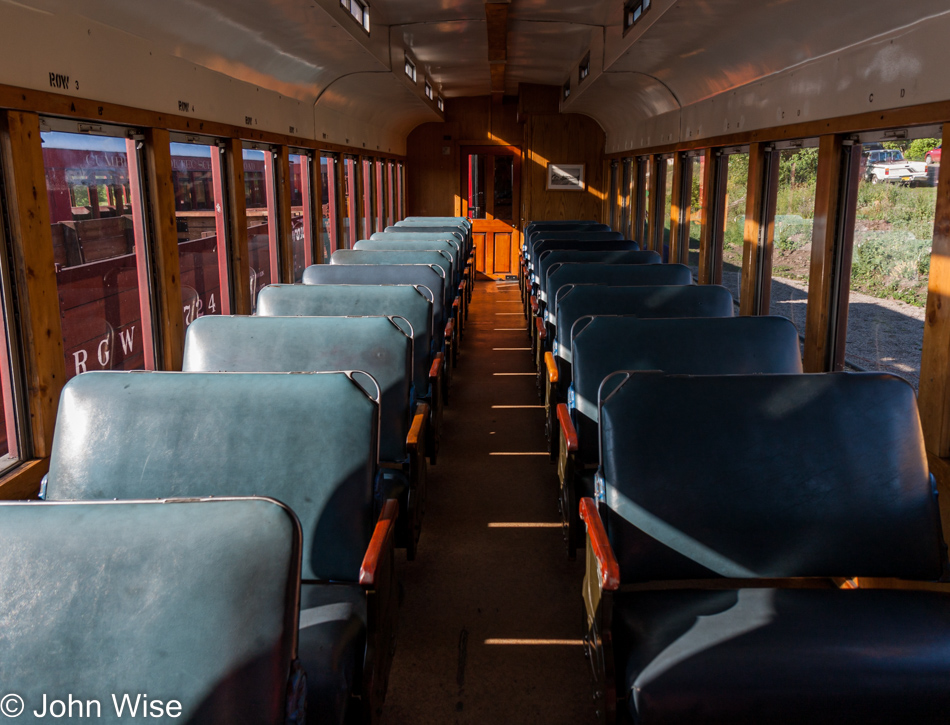
I’ll explain that last statement, as I’m not sure how the reader got to this post. I have to explain that I’m writing this post on August 10th, 2022, because back in 2009, when we were out here, I never got around to blogging a thing about this long 4th of July weekend. So, the foreshadowing is my allusion to what is penciled into our itinerary for 2023 travels. Late summer of 2023 we should both be aboard an antique K-36 Baldwin locomotive shoveling coal and pulling the throttle as we join the Cumbres & Toltec Fireman & Engineer school program. My fingers are crossed.
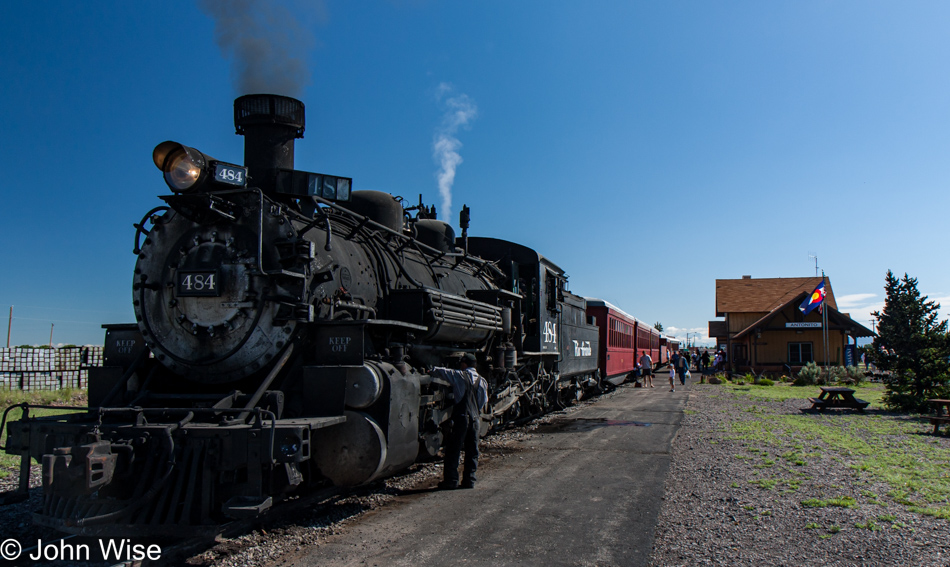
Here we are in Antonito, Colorado, about to board the train that will bring us back to Chama.
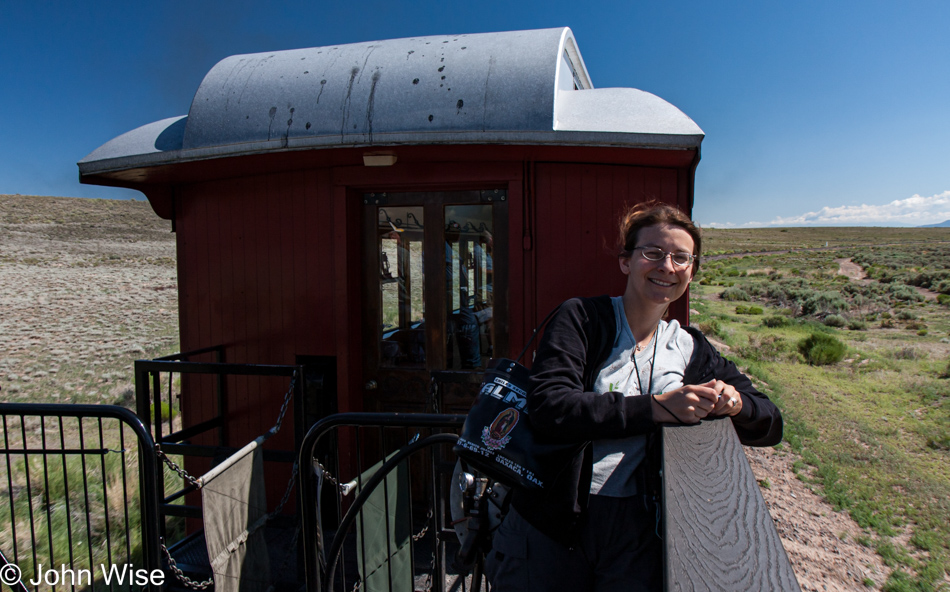
And off we go into the Wild West.
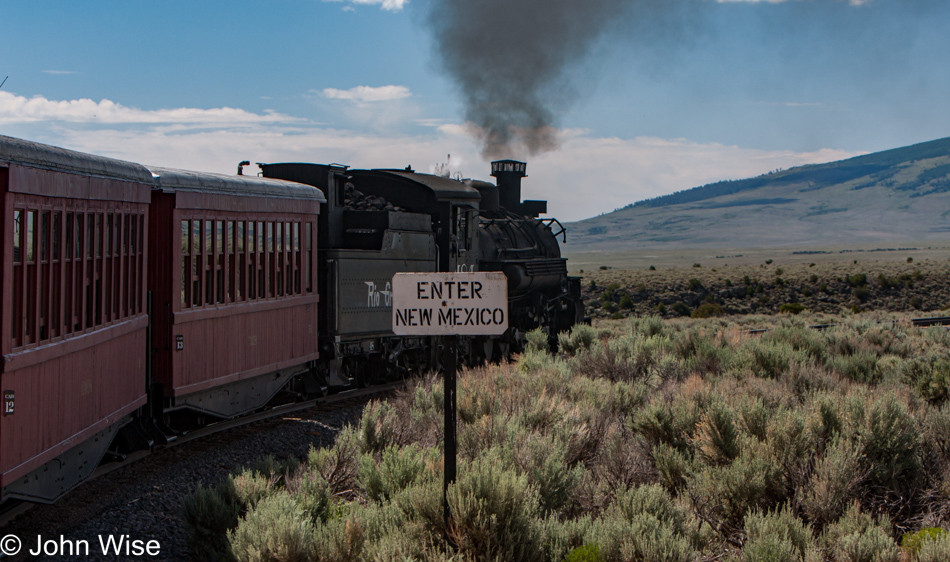
It’s barely more than six miles to the New Mexican state border, with 58 miles still ahead of us, though we’ll pass between the states a couple more times.
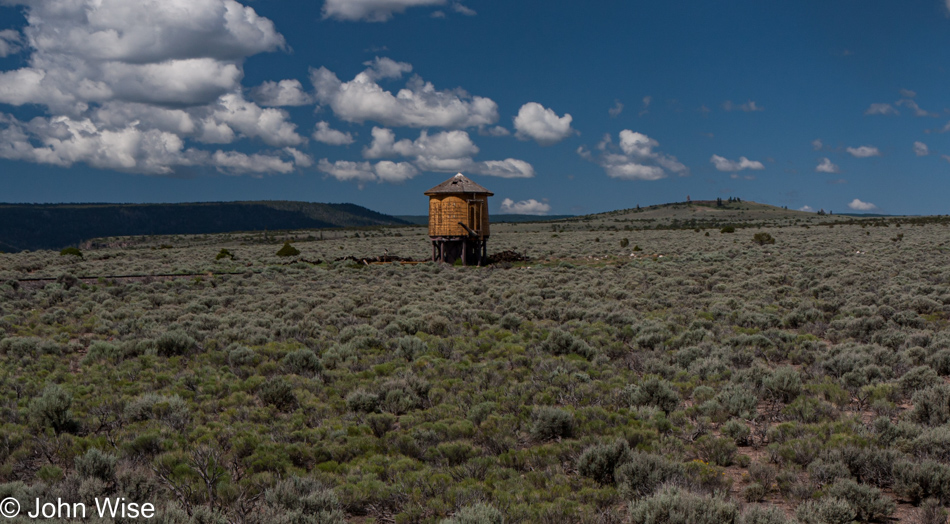
We’ll be out here away from it all for over six hours, not a bad way to spend a day.
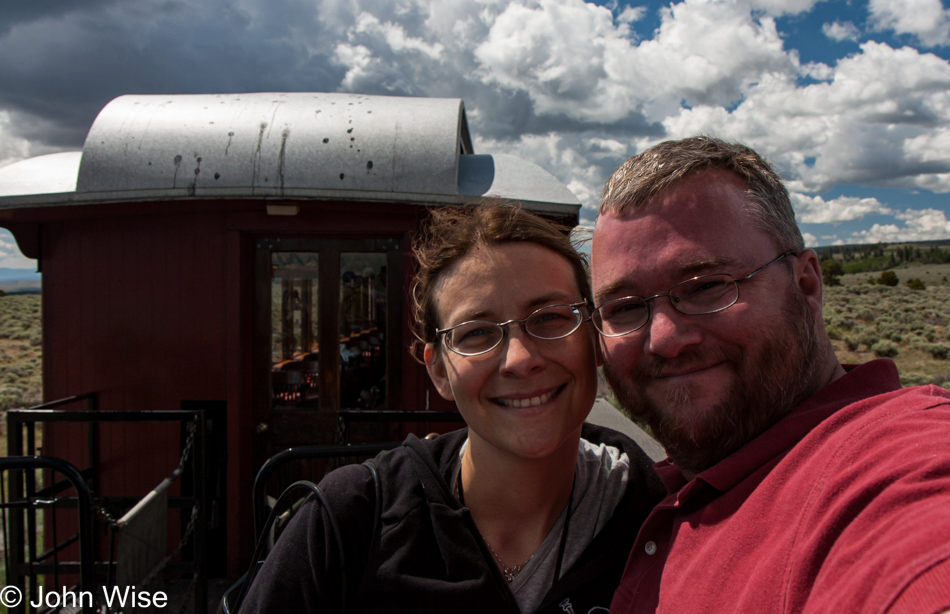
Maybe the most difficult part of this ride into history is trying to find a sense of mind allowing us to glimpse the world as it might have been seen by people traveling these rails after 1880 when they were first laid down.
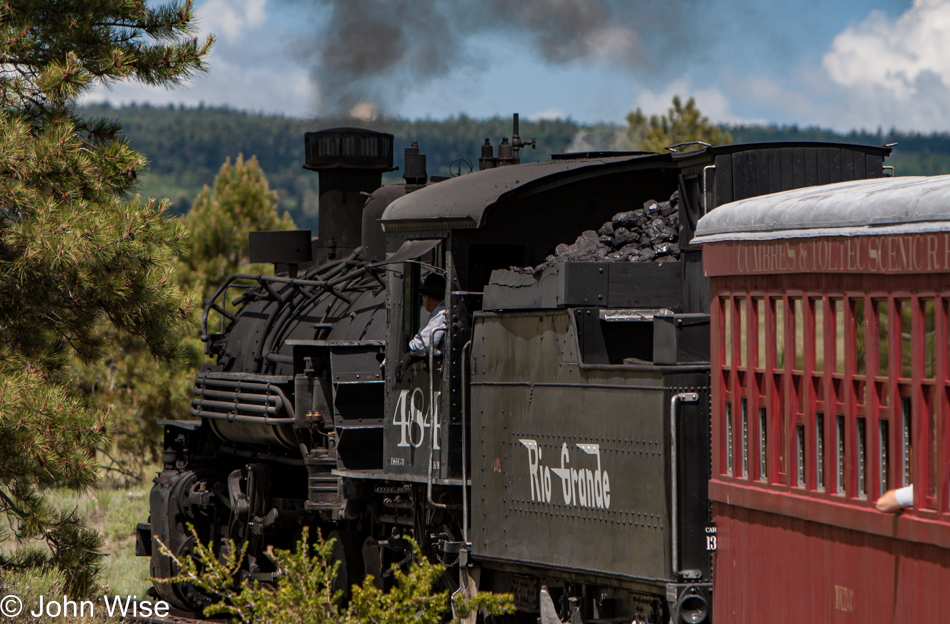
There’s a reason behind the naming of this route and the first part comes from Cumbres Pass, which we’ll cross at 10,015 feet of elevation (3,053 meters), and the Toltec Gorge, which is 600 feet deep.
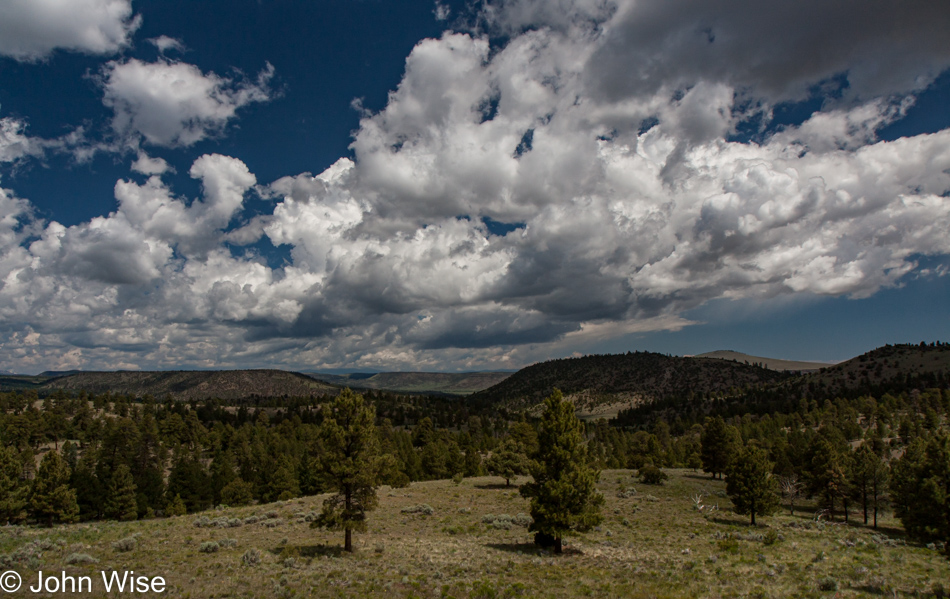
How do we so frequently find the good fortune to have the perfect weather when out exploring our world?
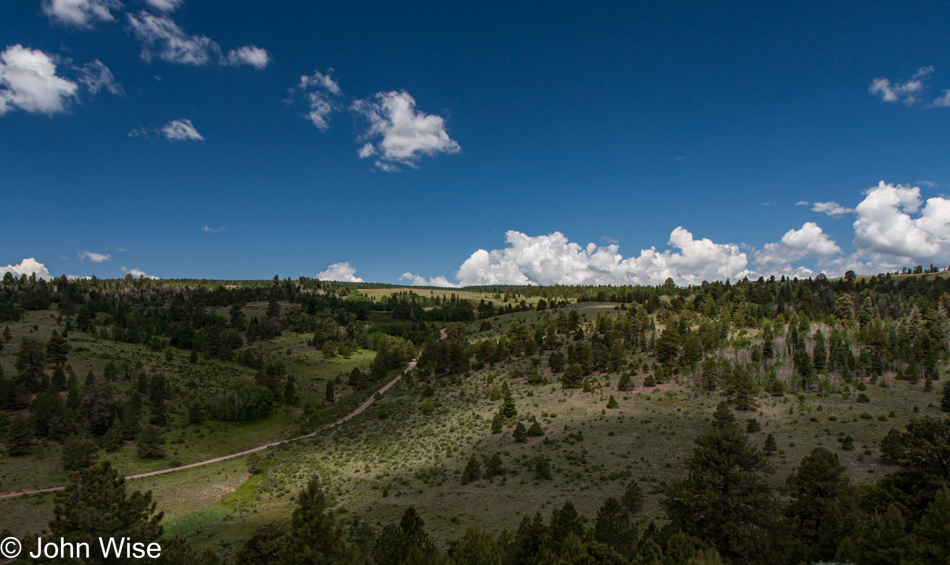
Along parts of our route, there are forest roads that parallel the track.
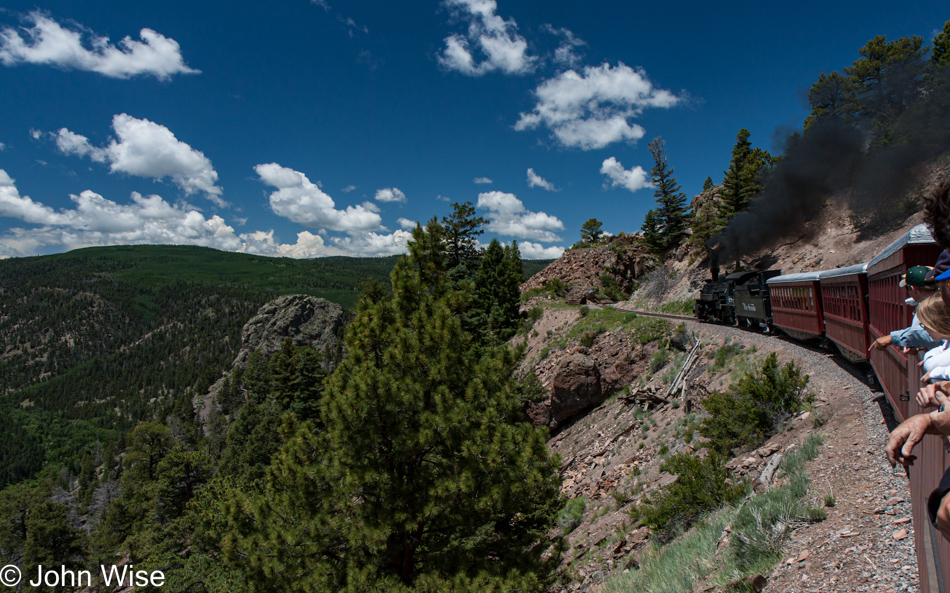
If your goal is to get 60 miles down the road as quickly as possible, this method of travel is certainly not the most expedient, but if time allows, I believe it is the greatest way to travel. No billboards, no franchises hawking their uniformity, no chance of another train veering into your lane, just the slow journey into a rarely seen corner of America.
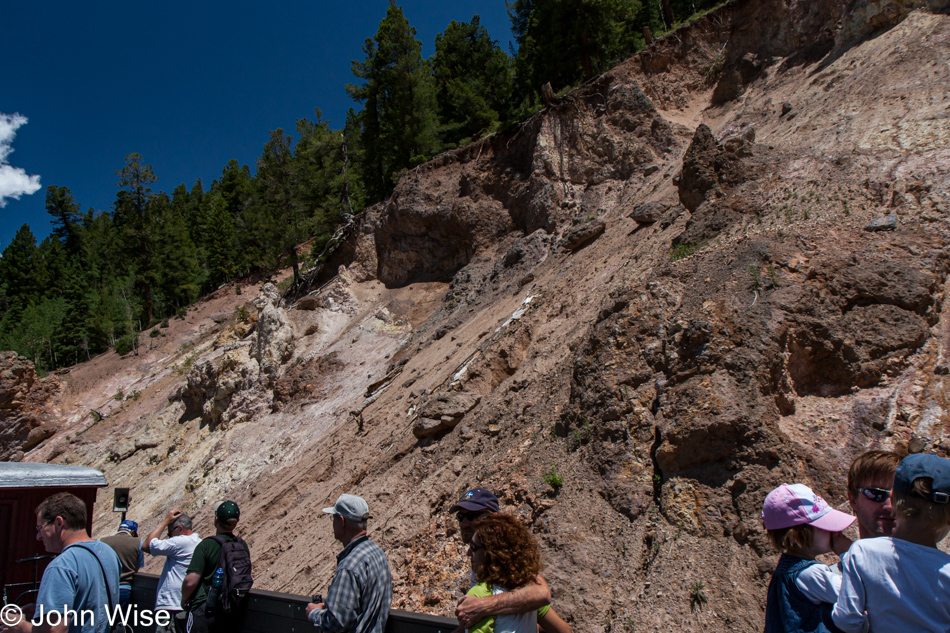
Sadly, there’s no way to make this into a multi-day holiday in the United States because we have so few scenic rail lines in our country. Sure, there are short lines here and there, but if a traveler were to want to embark on a 10-day cross-country trek not shared with busy freight lines and unreliable service through efficient corridors of travel instead of the most beautiful, that’s not going to happen.

We’re passing through the Toltec Gorge back in New Mexico, which is drawing passengers from their comfy seats out to the open-air cars. Six hundred feet below is the Rio De Los Pinos.
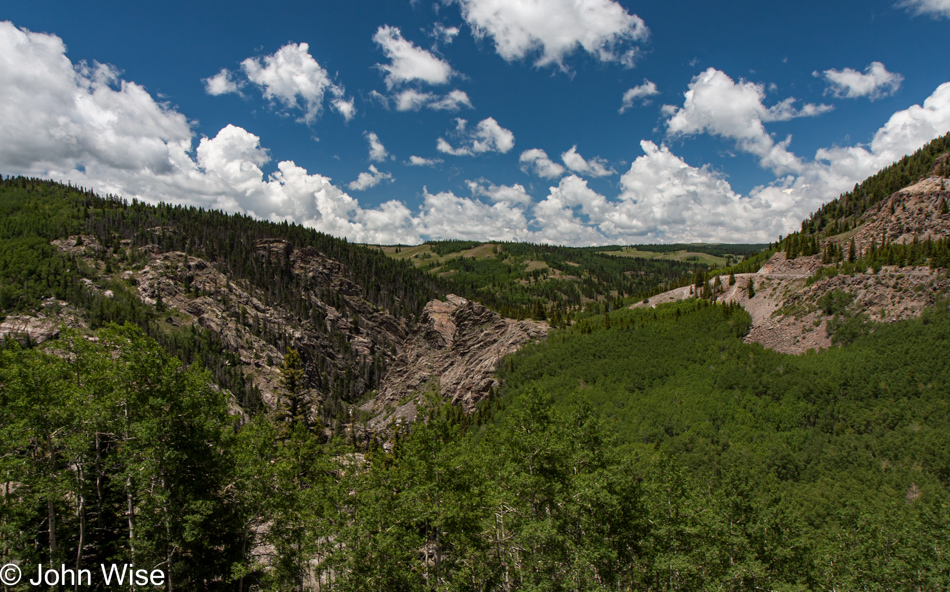
Having made this trip and documenting it is allowing me years later to linger in the memory of it all, and if I want to romanticize the magnitude of what it was, I have this luxury. Whatever the cost was, the effort required to drive the over 500 miles to northern New Mexico and then back home, the quality of the meals found here and there, none of that matters anymore as the images I’ve carried with me all show me a perfect day where everything must have been perfect.
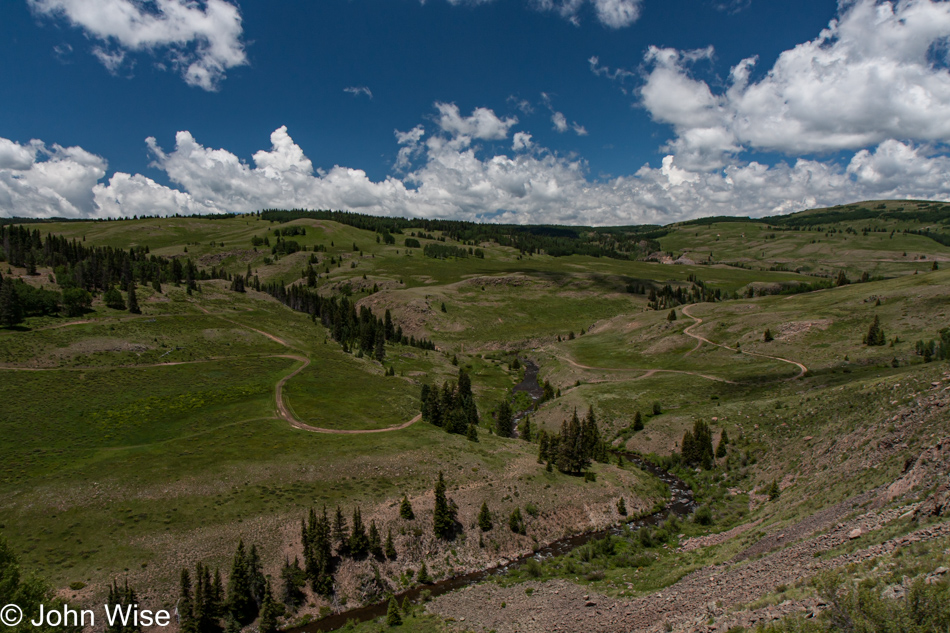
I believe we just passed back into Colorado and that we are looking at Forest Road 74, which originates in New Mexico on the left, with Colorado FDR 103 on the right.
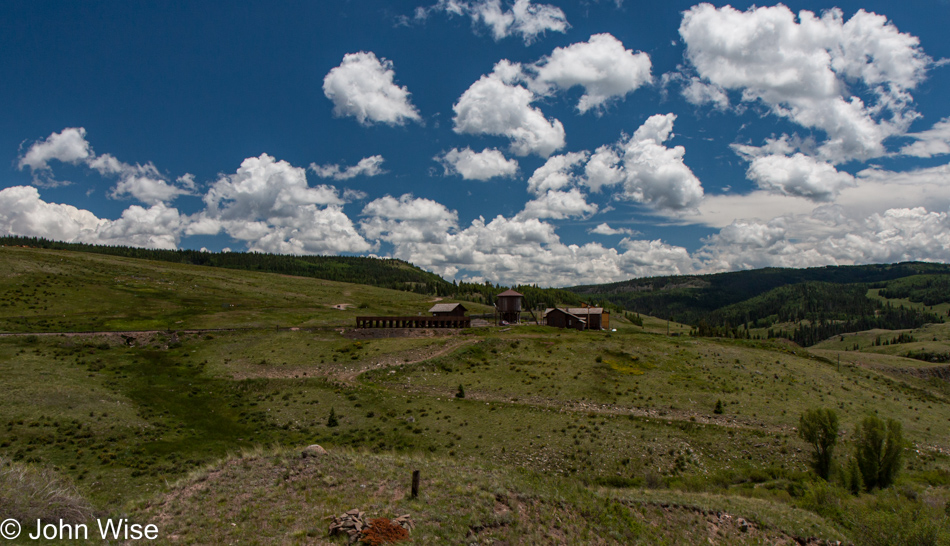
Osier Station in Colorado is up at 9,626 feet of elevation (2,934 meters) and was our lunch stop.
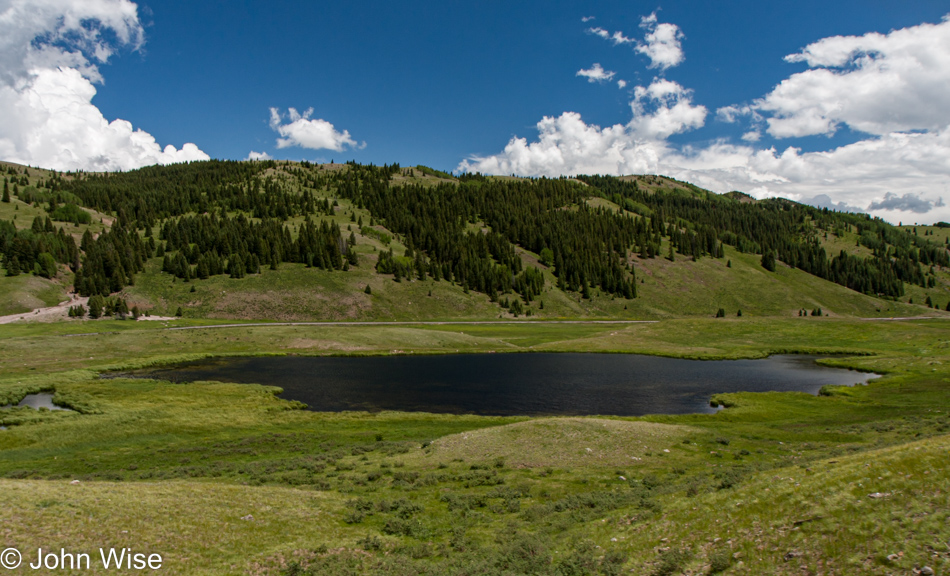
Starting our push to climb over the Cumbres Pass.
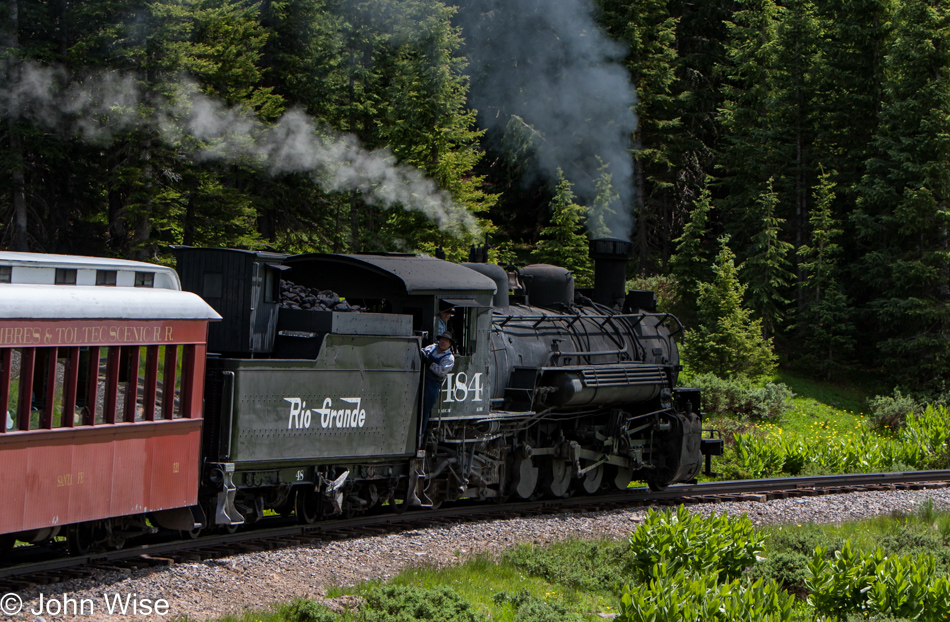
Heading for the home stretch.
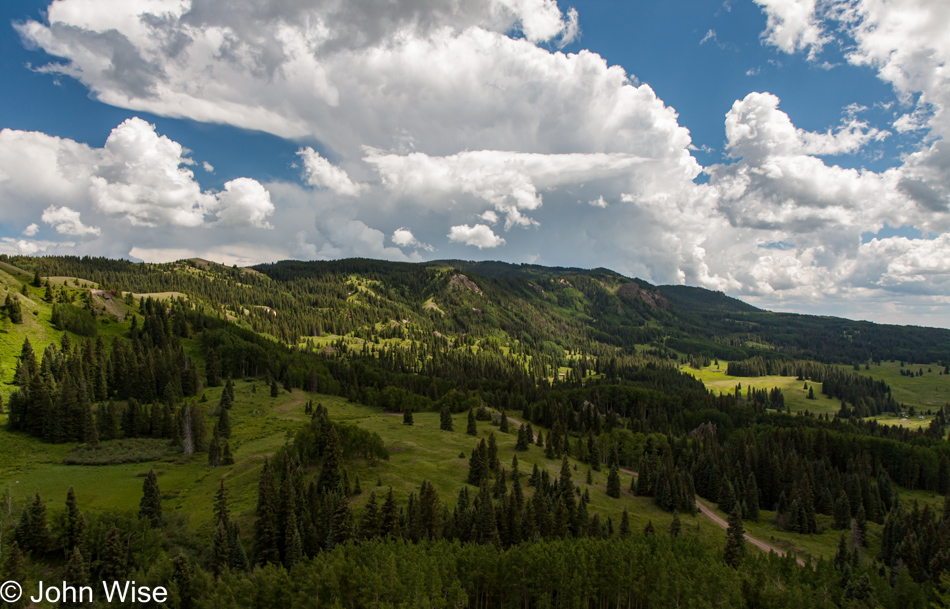
Yeah, I could do this for weeks.
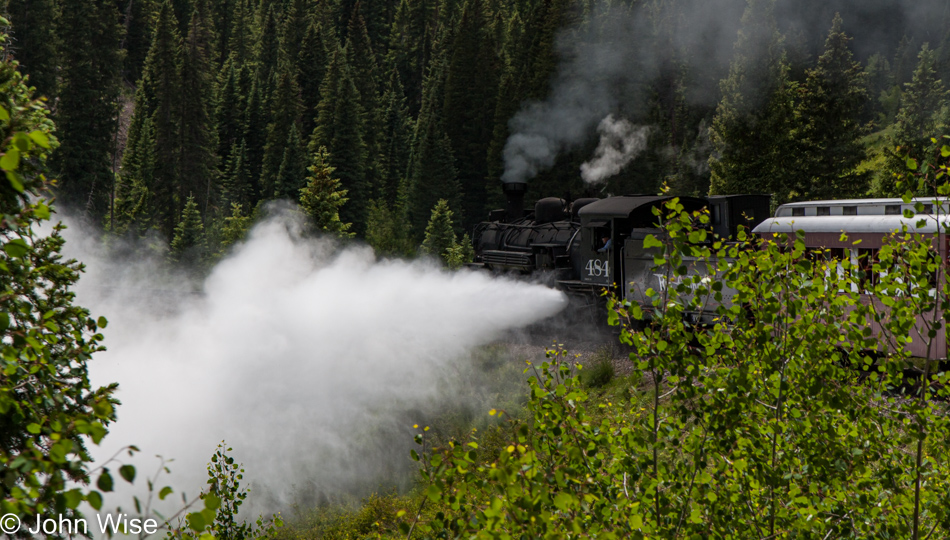
And so, as with all good things, this too has to draw to an end.
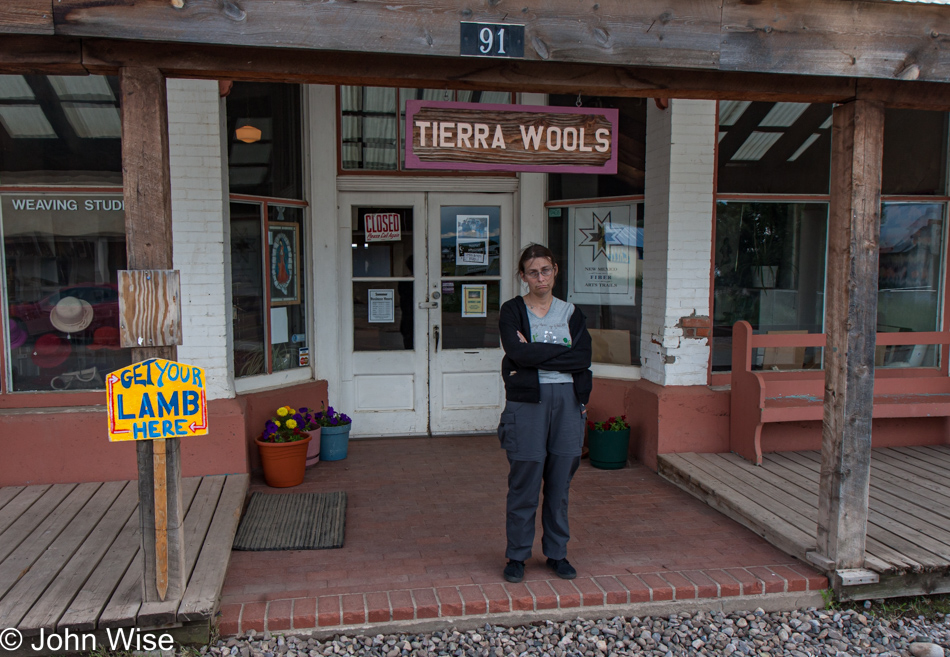
Oh no, not a bitter end!? Caroline is experiencing a small letdown with this failed attempt to visit Tierra Wools in Chama, New Mexico.
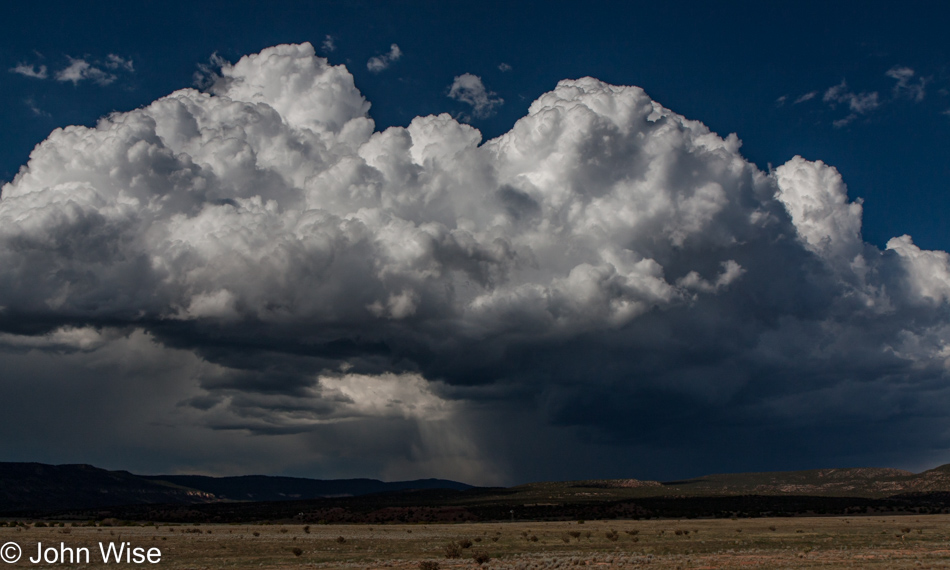
We won’t make it home today, won’t even try as with 9 hours of driving ahead of us, that would be foolish. We did stop in Albuquerque, though, as we knew we’d be able to collect an incredible meal at Sadie’s Mexican Restaurant for dinner; they were open and did not disappoint.
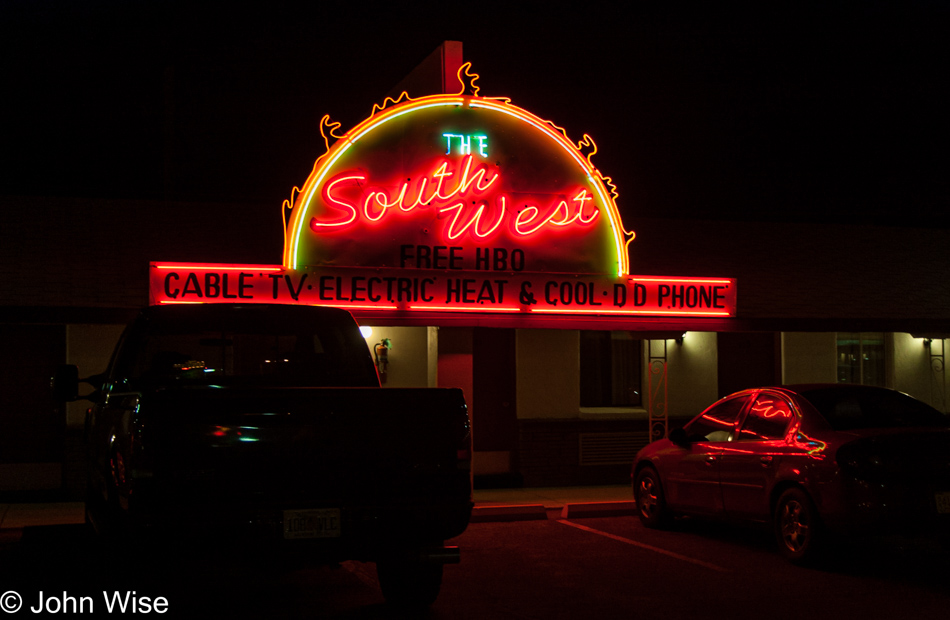
Stayed at the Southwest Motel in Grants, New Mexico, which would put us only about 340 miles from Phoenix. This is important because on the next day, July 6th, there’s not a single photo, and that can only mean one thing: we drove directly to Caroline’s office, and she went to work. You see, we are all about maximizing the use of vacation days, and with Arizona ahead of New Mexico regarding the clock, if we’d left early enough, we could have had Caroline sitting down at her desk shortly after 9:00 a.m. thus saving a day for the next trip that was only 80 days away.
